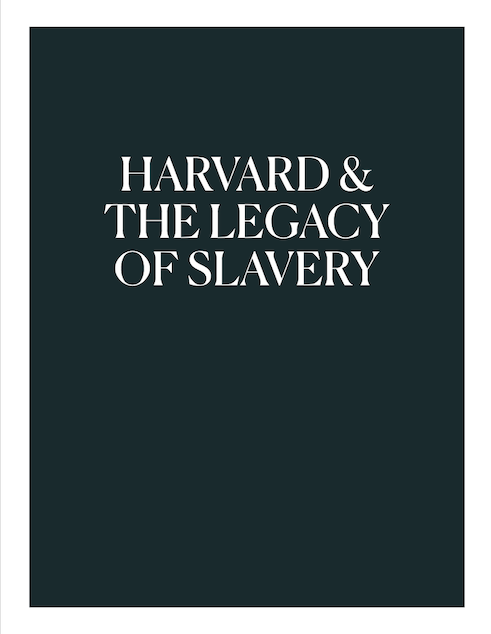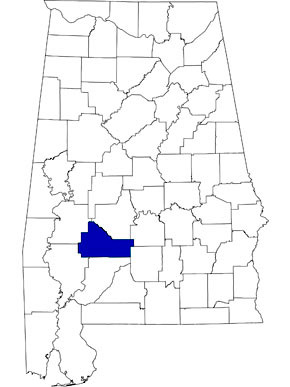“The question is, who owns the rights to the violence of the past? Is it the victim or the perpetrator? ” — Tamara Lanier, Free Renty

This week, I attended a Together Films virtual screening of Free Renty: Lanier v. Harvard, organized by genealogist Nicka Smith. Directed by David Gruber, the documentary covers the years that Tamara K. Lanier contacted and was rebuffed by Harvard University in acknowledging her claim on the image of Renty, her great-great-great grandfather. She launched her lawsuit against Harvard with Attorney Benjamin Crump and Josh Koskoff. Also appearing are author Ta-Nehisi Coates and scholars Ariella Azoulay and Tina Campt, who provide insights into the situation as the legal process unfolds.
The film provides a larger context for the case that traces a larger social shift, one that recognizes the need for reparations and social justice as litigation moved forward. There are interviews with Agassiz descendants and various scholars who believe it’s time for the university to recognize the descendants of the enslaved.
From the perspective of the university, it’s a different frame, where collections and museums are immune to real life claims from people with familial or cultural connections to what’s on display. Yet today, there are many calls for decolonization and requests for the return of objects, which point to multiple instances of theft and appropriation as the mechanism that created many museum collections. Legal structures are created to deal with the situation, such as NAGPRA (the Native American Graves Protection Act).
“If colonialism and ethnographic exploitation depend on appropriation, one must acknowledge that what is taken can always be taken back.” Brian Wallis (1996)
Back in 1996, curator Brian Wallis outlined the problem of knowledge that the daguerrotypes offer within the larger context of slave ownership in the 1850s. He traced the events of their making in Columbia, South Carolina, the culmination of Agassiz’ visit to several plantations in Columbia arranged by Dr. Robert W Gibbes, local doctor and collector. In 1850 the white population of Columbia was 6,000 and its enslaved population was 100,000. These were sites that relied on the use of violence as a means of control. That violence also left its mark across the subjects of Louis Agassiz’ collection of daguerrotypes.
Agassiz wanted images of ‘pure’ Africans to demonstrate his racist theory of polygenesis (multiple origins for humankind), at the bottom of his racial hierarchy. That fundamentally pro-slavery view erased the essential humanity of the enslaved, obscuring what Dana Ramey Berry called their ‘soul value’. The resulting lack of empathy supported the plantation business that underpinned the US economy of the nineteenth century.
In other words, these images are Agassiz’ trophies, his collection of ‘objects’ that reinforce a patriarchal white supremacy tied to a fundamentally coercive practice of image making. Any connection to family and descent of those subjugated becomes fragile if not invisible, a regard not intended to survive beyond the collection.
Here there are no conventions that link Joseph T Zealy’s 15 images to portraits, beyond the fancy leather case and the daguerrotype’s velvet setting. The images were forgotten and rediscovered in the preparation of an inventory at the Peabody Museum in 1975. Tamara Lanier learned of the images in 2011, and realized her connection. They are the oldest images of enslaved people extant, taken without permission, stolen images from subjects made possible by coercive force.

This April, Harvard released the report Harvard & the Legacy of Slavery. In some 60 pages, it outlines how the university profited and erased that history. However, the document is silent on Lanier’s claim to the images of her ancestors.
The report’s first recommendation is to “Engage and Support Descendant Communities by Leveraging Harvard’s Excellence in Education.” [1] The project of reparations by surrendering the images makes an object lesson in decolonizing the museum, and create common ground with the Descendant Community of which Lanier is part of.
In 2020, I attended a webinar on the Zealy daguerrotypes, an introduction to a new volume of essays, To Make Their Own Way in the World on the 15 daguerrotypes of enslaved people taken by Joseph T Zealy, in South Carolina. I asked the panel: “Can you share thoughts about the Lanier connection to Renty? Mentioned was suspected he survived the Civil War, and what of this personal side of the image?” The question was never considered, and nothing said about Tamara Lanier. The images are instead, objects that are to be endlessly studied, endlessly caught in the frame of enslavement, subjugation and colonization.
Free Renty: Lanier v. Harvard is important to think with in terms of what we do as BIPOC genealogists, as similar dynamics haunt the practice of genealogy. Whose story is being told and where? What do we do with the intersection of state organized violence and the fabric of our family histories? Where is the accountability of the institutions involved in the enslavement of our ancestors? How are communities of enslaved descendants supported or ignored? Who gets to tell the story of Papa Renty and his family?
References
Tamara K. Lanier speaks about her ancestor, https://www.harvardfreerenty.com/meet-renty-delia
Brian Wallace, “Black Bodies, White Science: Louis Agassiz’s Slave Daguerreotypes'”, The Journal of Blacks in Higher Education. No. 12 (Summer, 1996), pp. 102-106
Dana Ramey Berry, The Price for Their Pound of Flesh: The Value of the Enslaved, from Womb to Grave, in the Building of a Nation. Beacon Press, 2017.
Harvard and the Legacy of Slavery, April 2022, 58. https://legacyofslavery.harvard.edu/report
To Make Their Own Way in the World: The Enduring Legacy of the Zealy Daguerrotypes. Edited by Ilisa Barbash, Molly Rogers, and Deborah Willis https://peabody.harvard.edu/make-their-own-way-world








